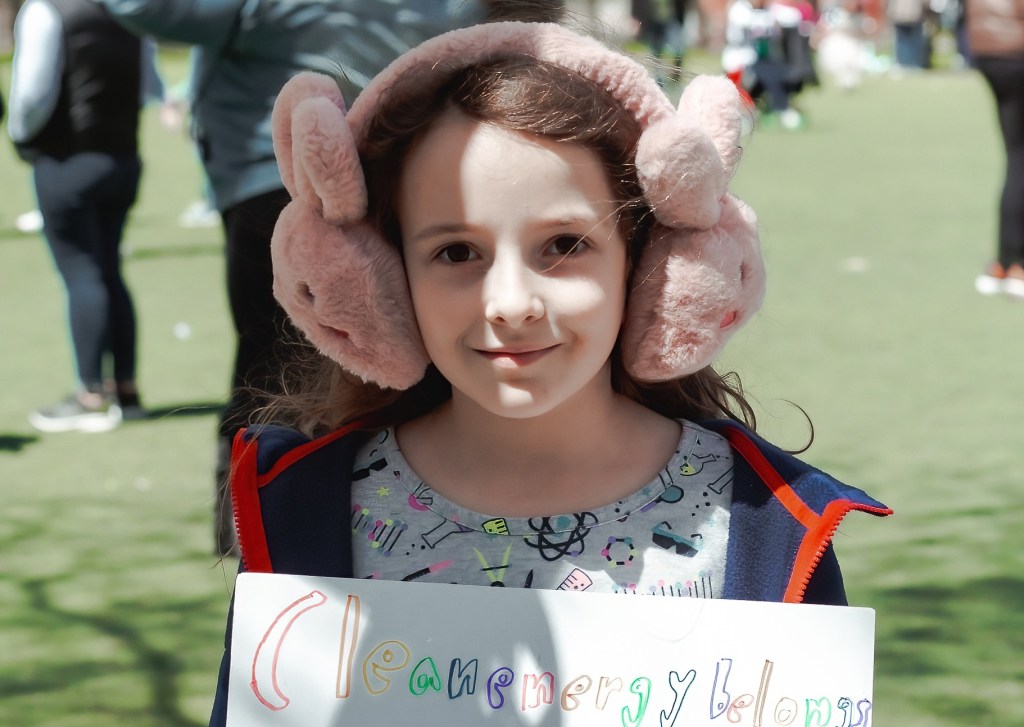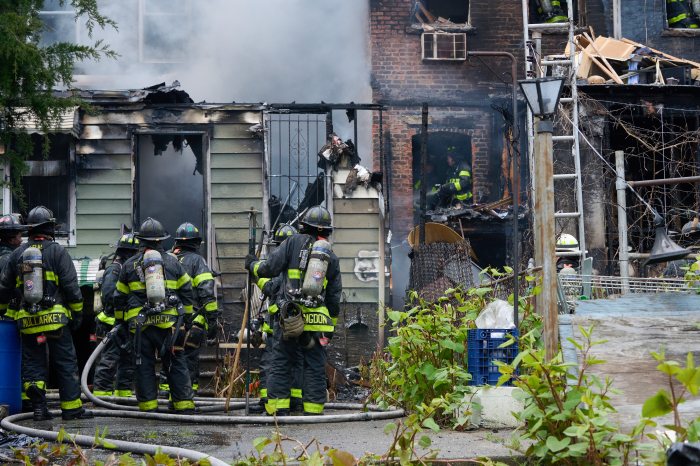Smile, you’re on Astoria camera.
Cameras were installed at the Ditmars-Astoria N/W subway station on Ditmars Boulevard in Astoria earlier this month.
The 10 high-tech cameras were placed at the station entrances and will record anyone who enters or leaves.
The installation of the cameras by Assemblymember Michael Gianaris had been in the works for months, but a recent shooting at the station accelerated the process.
On Labor Day, a young Mexican restaurant worker, Jose Sierra, was shot to death on the busy train platform, and subway riders spotted several men fleeing from the scene.
Three men - Jose Alvarez, Nicholas Reyes, and Emanuel Ramirez-Hernandez - were later arrested for the crime and have been charged with murder.
Cameras are also scheduled for installation at the other N/W subway stations in Astoria including the Broadway, 30th Avenue, and Astoria Boulevard stations. To pay for the cameras, Gianaris secured funding from the state to supplement $1.4 million from the federal government.
Ditmars was selected as the first location because it was the first stop on the train and such a popular stop, Gianaris said.
“Astoria is a pretty safe place, and we want to keep it that way,” he said about the installation.
While the cameras are seen as a deterrent to crime, subway riders had mixed opinions on the monitoring recently.
“It’ll definitely be good if the right people are monitoring it, [and it’s not] just up for show,” said Astoria resident Todd Lutz, a nurse who takes the train to work everyday.
Phillip Woodberry of Manhattan also finds the camera reassuring. His wife Maria lives on 35th Street in Astoria. “It would be an investment. [My wife] is blind. It’d be more reassuring when I take her home.”
Still, some area residents said that the cameras take a step too far.
“I don’t like it. I’ve never liked ‘Big Brother,’” said Brad Tom, an artist from Astoria who rides the N/W every day. While acknowledging that the video cameras seem to work in England, Tom said he was “not willing to sacrifice my privacy for the possibility of catching a killer.”

































